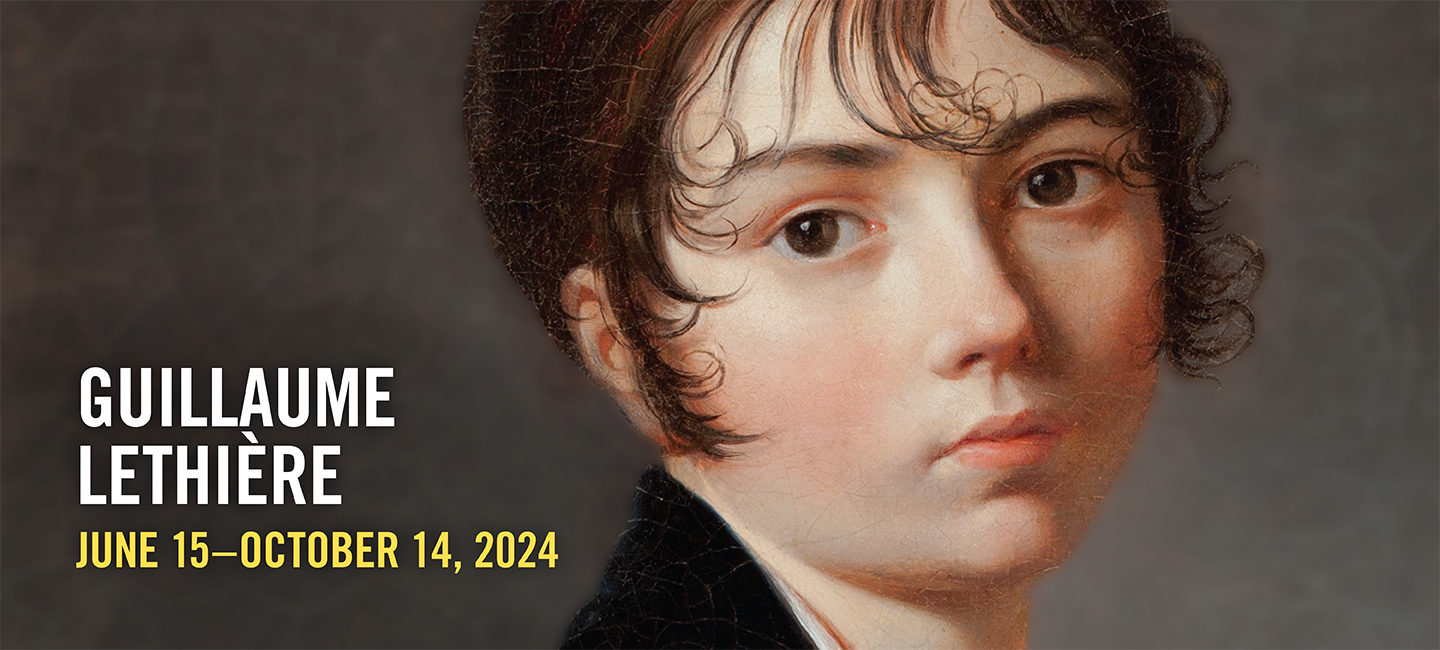Guadeloupe: origins
 Victor Levasseur, French Colonies (in America), from Atlas National Illustré des 86 départements et des possessions de la France..., engraving with pink and yellow watercolor, pen and orange, green, red, and blue ink. Private collection
Victor Levasseur, French Colonies (in America), from Atlas National Illustré des 86 départements et des possessions de la France..., engraving with pink and yellow watercolor, pen and orange, green, red, and blue ink. Private collectionBorn on January 10, 1760, in Sainte-Anne, Guadeloupe, Guillaume Lethière was the third child of Pierre Guillon, a white plantation owner and the king’s public prosecutor, and Marie-Françoise Pepeye, an enslaved woman of mixed race. Guillon and Pepeye previously had two children, a son known only as “Chouchout,” who died in infancy, and a daughter, Andrèze Césarine Talence. Archival traces of Pepeye are scant. In the few instances where she appears in contemporary documents, she is described both as a “free woman of mixed race” and as a “emancipated woman of mixed race,” indicating her former enslavement. The absence of any record of Lethière’s and his siblings’ baptisms suggests that Pepeye was enslaved at the time of their birth; following the laws of the time, Lethière and his siblings would therefore have been born enslaved. He received the name Guillaume according to his patron saint; the surname “Le Thière” (the third) indicates he was his father’s third natural child. It would not be until 1799, when he was legally recognized as his father’s heir, that he adopted Guillon’s surname—though he continued to use Lethière as well.
Lethière’s father was the proprietor of a sugar plantation in Sainte-Anne, which remained in operation until 1940, ultimately as a distillery. It was on this plantation that Lethière was likely raised. Archaeological records indicate that the plantation was relatively small in scale, with about fifteen dwellings housing approximately forty enslaved workers, likely including Marie-Françoise Pepeye.
